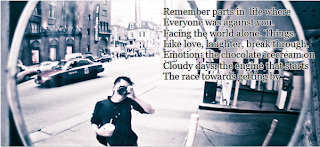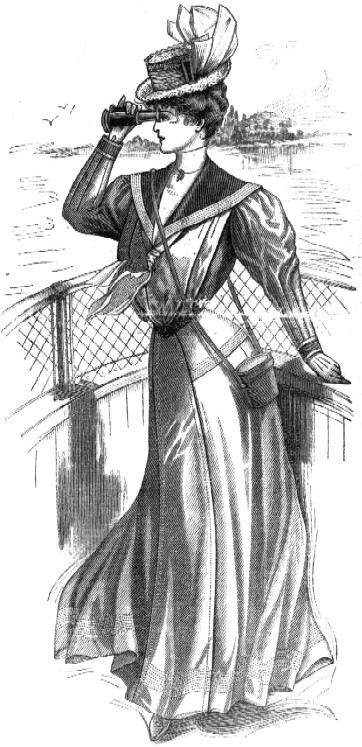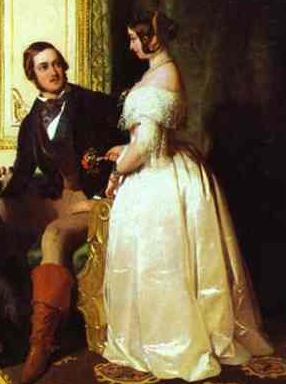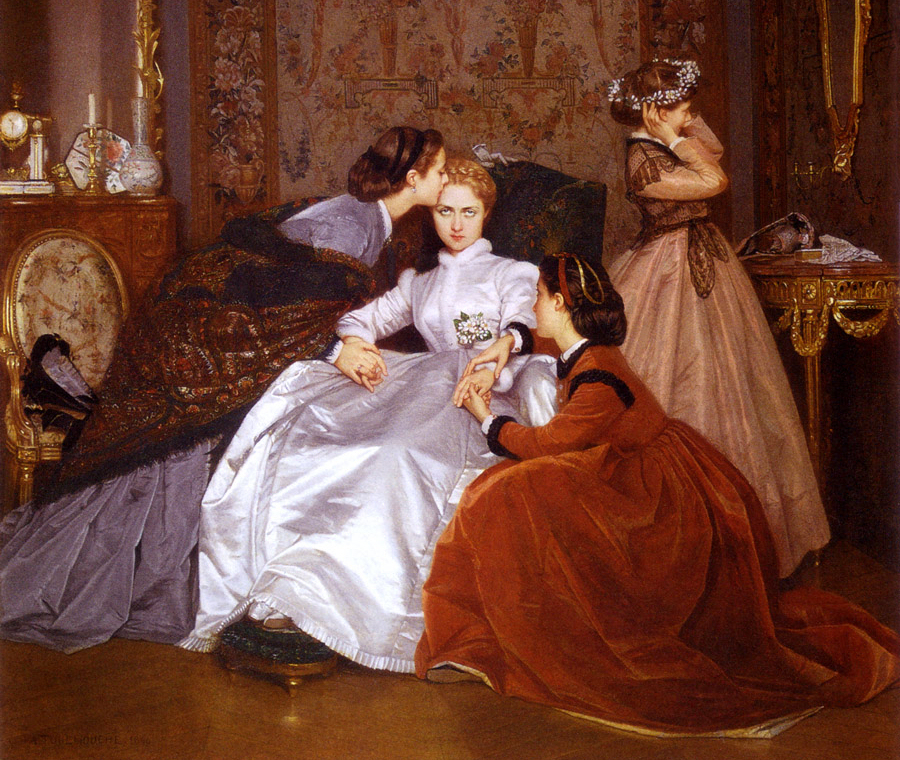I truely think that Eminem is one of the best poets of all time.
"But you promised her next time you'll should restraint
You don’t get another chance
Life is no nintendo game, but you lied again,
Now you get to watch her leave out the window
Guess that’s why they call it window pain."
Life is no nintendo game, but you lied again,
Now you get to watch her leave out the window
Guess that’s why they call it window pain."
~Love The Way You Lie by Rihanna ft. Eminem
I just think these lyrics are so clever. The double entendre (yes, I'm getting fancy) in the window pane/pain part. I also like the way he references Nintendo games. This reminds me and I'm pretty sure, everyone else, of their childhood. It's something that a lot of people can relate to. His lyrics pack a punch. On the surface, his songs are just good rap songs, but take one look at the lyrics and you start to see that the words he chooses aren't just good rhymes.
Taylor Swift is another modern day artist who has a way with words. Her lyrics are more of a dramatic narrative style of poetry. Her songs tell a story.
"I am not the kind of girl
Who should be rudely barging in
On a white veil occasion
But you are not the kind of boy
Who should be marrying the wrong girl
I sneak in and see your friends
And her snotty little family
All dressed in pastel
And she is yelling at a bridesmaid
Somewhere back inside a room
Wearing a gown shaped like a pastry
This is
Surely not what you thought it would be
I lose myself in a daydream
Where I stand and say
Don't say yes, run away now
I'll meet you when you're out
Of the church at the back door
Don't wait or say a single vow
You need to hear me out
And they said "speak now"
Fond gestures are exchanged
And the organ starts to play
A song that sounds like a deathmarch
And I am hiding in the curtains
It seems that I was uninvited
By your lovely bride-to-be
She floats down the aisle
Like a pageant queen.
But I know you wish it was me
You wish it was me (Don't cha?)
Don't say yes, run away now
I'll meet you when you're out
Of the church at the back door
Don't wait or say a single vow
You need to hear me out
And they said "speak now"
Don't say yes, run away now
I'll meet you when you're out
Of the church at the back door
Don't wait or say a single vow
Your time is running out
And they said, "speak now"
Oh Oh Oh! ( said speak now.... )
I hear the preacher say
"Speak now or forever hold your peace"
There's the silence, there's my last chance
I stand up with shaking hands
All eyes on me
Horrified looks from
Everyone in the room
But I'm only looking at you.
I am not the kind of girl
Who should be rudely barging in
On a white veil occasion
But you are not the kind of boy
Who should be marrying the wrong girl!
( Ha! )
So don't say yes, run away now
I'll meet you when you're out
Of the church at the back door
Don't wait or say a single vow
You need to hear me out
And they said, "speak now!"
And you say
Let's run away now
I'll meet you when I'm out
Of my tux at the back door
Baby, I didn't say my vows
So glad you were around when they said
Speak Now"
Who should be rudely barging in
On a white veil occasion
But you are not the kind of boy
Who should be marrying the wrong girl
I sneak in and see your friends
And her snotty little family
All dressed in pastel
And she is yelling at a bridesmaid
Somewhere back inside a room
Wearing a gown shaped like a pastry
This is
Surely not what you thought it would be
I lose myself in a daydream
Where I stand and say
Don't say yes, run away now
I'll meet you when you're out
Of the church at the back door
Don't wait or say a single vow
You need to hear me out
And they said "speak now"
Fond gestures are exchanged
And the organ starts to play
A song that sounds like a deathmarch
And I am hiding in the curtains
It seems that I was uninvited
By your lovely bride-to-be
She floats down the aisle
Like a pageant queen.
But I know you wish it was me
You wish it was me (Don't cha?)
Don't say yes, run away now
I'll meet you when you're out
Of the church at the back door
Don't wait or say a single vow
You need to hear me out
And they said "speak now"
Don't say yes, run away now
I'll meet you when you're out
Of the church at the back door
Don't wait or say a single vow
Your time is running out
And they said, "speak now"
Oh Oh Oh! ( said speak now.... )
I hear the preacher say
"Speak now or forever hold your peace"
There's the silence, there's my last chance
I stand up with shaking hands
All eyes on me
Horrified looks from
Everyone in the room
But I'm only looking at you.
I am not the kind of girl
Who should be rudely barging in
On a white veil occasion
But you are not the kind of boy
Who should be marrying the wrong girl!
( Ha! )
So don't say yes, run away now
I'll meet you when you're out
Of the church at the back door
Don't wait or say a single vow
You need to hear me out
And they said, "speak now!"
And you say
Let's run away now
I'll meet you when I'm out
Of my tux at the back door
Baby, I didn't say my vows
So glad you were around when they said
Speak Now"
~Speak Now by Taylor Swift
Though Taylor's style of writing is much different than Eminem's, her lyrics are equally as good. They tell the story of a girl who was in love with a guy was was about to get married. The girl would never have had the guts to stand up at his wedding but her love for him helped her do the unthinkable. I really can connect to Taylor's fairytale. Everyone wants and deserves a happy ending. Taylor writes stories that every girl wants to happen to them. She has such a way with words and I really respect her accomplishments.


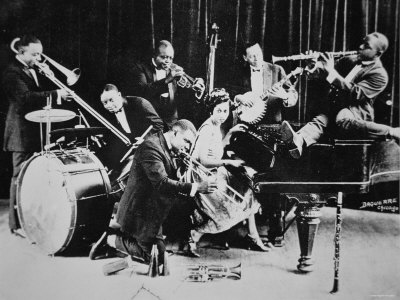
 After
After 
